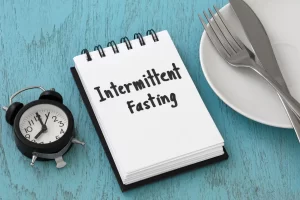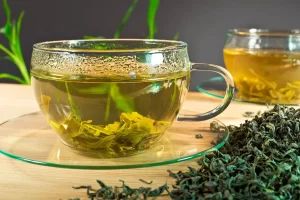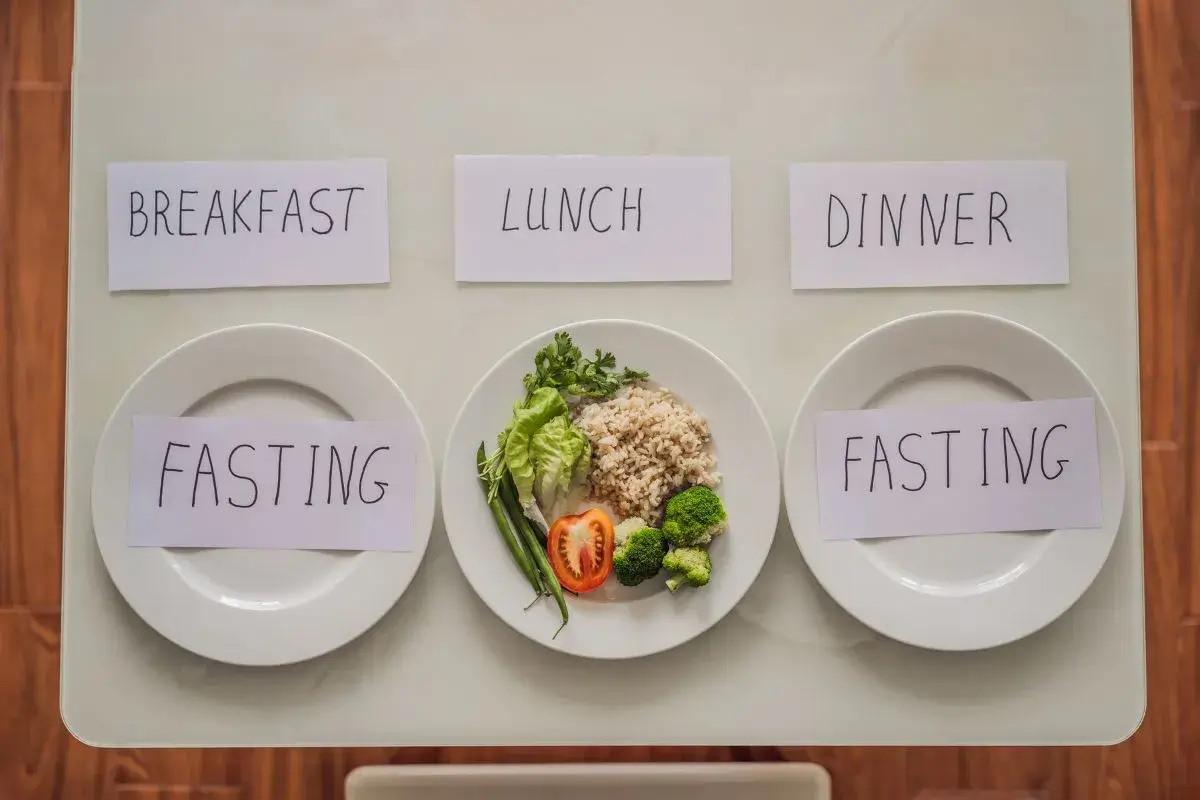I vividly remember the first time I came across the term ‘intermittent fasting’. I was at the cusp of my fitness journey, researching realistic diets to support my health goals, when I read about the concept online.
“Skip breakfast? Only eat within an 8-hour window? Are you kidding me?” I thought. But as I dived deeper, I discovered scientific studies and personal testimonials that not only debunked many myths about fasting but also highlighted its incredible health benefits.
So, what’s the science behind intermittent fasting? Is it just another fad or is there more to it? As someone who’s been both fascinated and sceptical about fasting, I’m excited to unmask it all – fasting types, benefits, and the myths that surround it.
Fasting Science Explained – The Physiology of Fasting
Fasting isn’t a new concept; it’s been around for centuries, often linked with religious practices and cultural traditions. However, the science of fasting goes beyond spirituality.
When you fast, your body undergoes a metabolic switch, shifting from using glucose as fuel to using fatty acids. This process is known as ketosis, and it’s the cornerstone of fasting’s health benefits. This metabolic switch not only helps in weight loss but also improves brain function and longevity.

The Psychological Aspect of Fasting
Fasting isn’t just a physical experience; it’s a mental one too. The discipline required to abstain from eating can be empowering. It teaches us self-control and mindfulness, two skills that are invaluable in today’s fast-paced world.
Festival Traditions and Fasting
Fasting has deep roots in cultural and religious practices. For instance, many Hindu festivals involve fasting as a form of spiritual cleansing.
It’s fascinating to note that these practices often align with the body’s natural circadian rhythm, making them beneficial from a health perspective. This alignment isn’t a mere coincidence; it’s a testament to the wisdom embedded in our age-old traditions.
What are the Types of Fasting?
There are various types of fasting, each with its unique set of rules and benefits.
- Intermittent Fasting: Involves cycles of eating and fasting within a 24-hour period
- Water Fasting: Consuming only water for a set period
- Dry Fasting: Abstaining from both food and water
- Alternate-day Fasting: Eating one day and fasting the next
- Time-Restricted Eating: Limiting eating to a specific time window each day
What Type of Fasting is Best?
The best type of fasting depends on your health goals and lifestyle. Intermittent fasting is generally considered the most sustainable, especially for beginners. However, those with specific health conditions may benefit from other types, but it’s crucial to consult your doctor or dietician/nutritionist before embarking on any fasting regimen.

Fasting Health Benefits – Beyond Weight Loss
Fasting offers a plethora of health benefits, both for the body and mind. Some of the key benefits I’ve personally experienced include:
- Improved Insulin Sensitivity: Since I started fasting, my blood sugar levels have stabilized like never before. It’s as if my body has relearned how to efficiently use insulin, making me less prone to energy crashes.
- Enhanced Mental Clarity: I used to struggle with afternoon brain fog, but fasting has sharpened my focus. My mind seems to have shifted gears, allowing me to tackle tasks with newfound clarity.
- Cellular Repair and Autophagy: One of the most fascinating aspects of fasting is autophagy, the body’s natural clean-up process. I’ve noticed that my skin looks healthier and I recover from workouts quicker than ever – signs that my cells are renewing themselves.
- Reduced Inflammation: I used to suffer from minor joint aches, but they’ve noticeably reduced since I began fasting. My body’s internal fire brigade has finally gotten the upper hand on inflammation!
- Improved Heart Health: My annual check-up was a pleasant surprise; cholesterol levels have improved and my blood pressure is in the optimal range. Fasting has been a heart-healthy choice in more ways than one.
What are the Mechanics of Intermittent Fasting?
Intermittent fasting is not just a diet plan but a pattern of eating. It doesn’t tell you what foods you should and shouldn’t eat, but rather when you should eat. In intermittent fasting, you cycle between periods of eating and fasting, allowing your body to enter a state of fasting for a specific duration each day or week.
The most popular method is the 16/8 approach, where you fast for 16 hours and eat within an 8-hour window.
How does this work?
During the fasting period, your body depletes its glucose stores and starts burning fat for energy a process known as ketosis. This metabolic switch not only aids in weight loss but also triggers a host of cellular repair processes, including autophagy, where your cells clean out damaged components.
The results?
Improved metabolic health, enhanced brain function, and a reduced risk of chronic diseases. It’s a fascinating blend of ancient wisdom and modern science, offering a sustainable way to improve both your physical and mental well-being.
What are the Intermittent Fasting Benefits?
Fasting, and intermittent fasting in particular, has been shown to improve metabolic health, aid in weight loss, and even extend lifespan. It’s no wonder that it’s so popular among health enthusiasts! The beauty of intermittent fasting lies in its flexibility—you can tailor it to fit your lifestyle, making it a sustainable choice for long-term health benefits.

Separating Fact from Fiction – Fasting Myths Debunked
- Fasting starves the body: Contrary to popular belief, fasting doesn’t starve the body; it allows it to use stored fat as energy.
- Fasting is unhealthy: When done correctly, fasting is a natural and healthy practice that has been followed for hundreds of years.
- Fasting causes muscle loss: This one’s a pretty common myth. In reality, fasting can preserve muscle mass while reducing body fat.
Pre-Fasting Preparation
Before you start your fasting journey, it’s important to speak to your doctor healthcare practitioner or dietician, especially if you have underlying health conditions. Make sure you’re well-hydrated and have a balanced meal before you begin. It’s also advisable to start slow, perhaps with a shorter fasting window, and gradually work your way up.
Care During Fasting
While fasting, listen to your body. If you feel dizzy or overly fatigued, it might be time to break the fast. Always break a fast with something light and nutritious, like fruits or a smoothie. Hydration is key, so keep water or herbal teas at hand.
The Balanced Approach to Fasting
Fasting is more than a health fad; it’s a practice rooted in science and tradition. But it isn’t a one-size-fits-all solution. It’s a personal journey that requires preparation, mindfulness, and a balanced approach.

As I sit here sipping my green tea during my fasting window, I can’t help but reflect on how much my perspective on food and health has changed. Intermittent fasting has not just been a diet trend for me; it’s been a lifestyle transformation. From the initial scepticism to the awe-inspiring results, this journey has taught me the importance of questioning conventional wisdom and being open to new experiences.
And the best part? This is a journey that anyone can embark on. If you’re looking to break free from the shackles of diet myths and step into a world of scientifically backed health benefits, intermittent fasting might just be your golden ticket. Trust me; it’s a journey worth taking.



2 Comments